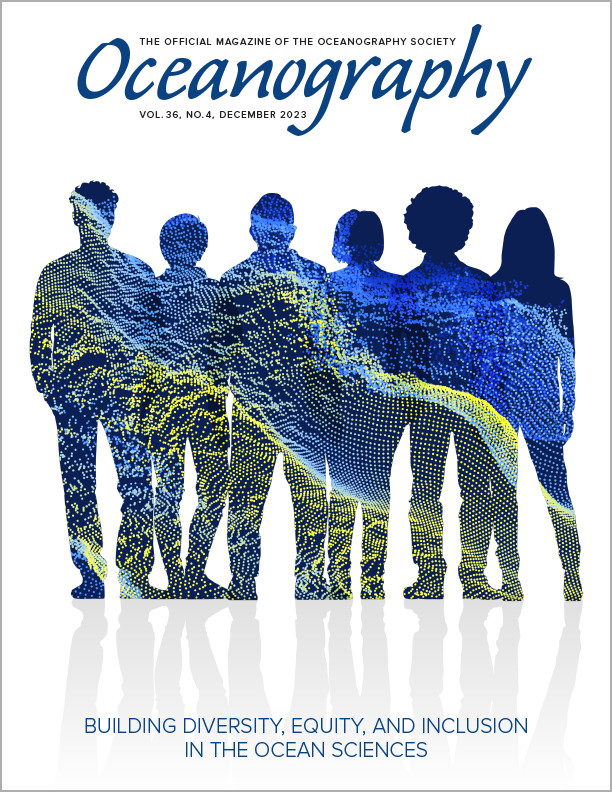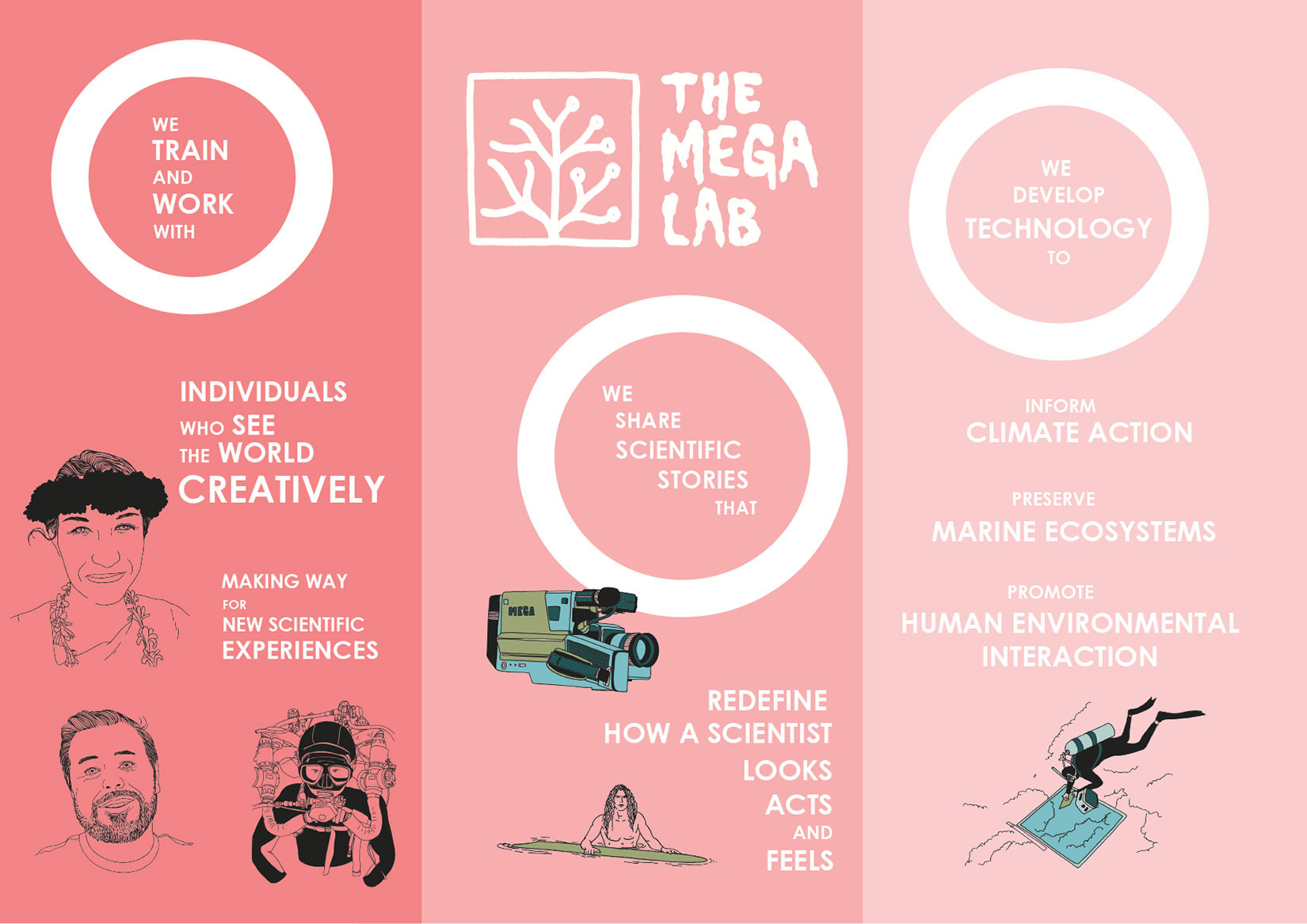Full Text
The Need for Change
Academic science is becoming increasingly recognized for fostering a toxic workplace culture. A growing number of studies show that hierarchical structure, intense competition, excessive workload expectations, and lack of adequate financial support create an unhealthy work environment (Stephan, 2012; Callier and Vanderford, 2014; Hall, 2023). Science in academia is flooded with underpaid and underappreciated students and postdocs, and sadly, academic institutions are not adequately addressing the urgent need to fix this unsustainable structure (Stephan, 2012; Callier and Vanderford, 2014). This article is our plea to academic science: it is time to change the culture of our workplace and better support the next generation of scientists.
Many will perceive our ideas to be unrealistic and these goals to be unattainable. That view may not be wrong, but it doesn’t promote positive change for what we give much of our lives to, science. If we care about it, then let’s make it better. We all understand statistics, and the numbers clearly tell us that our organizational structures and operational mechanisms are flawed. Are you curious about why? Just look at demographic representation. The paucity of financial support (Stephan, 2012), the lack of role models for minorities (Riley et al., 2023), the hierarchical framework that promotes unhealthy competition (Hall, 2023), and myriad other factors lead to a clear result: STEM favors those in the small percentage of the population who can afford to be underpaid and don’t feel alienated in academic research culture. This framework does not promote diversity in STEM, and underserved groups continue to have significantly low representation across all scientific domains (Hall, 2023; Riley et al., 2023). We must strive for diversity in STEM for the simple reason that it promotes diverse ideas and thinking that lead to creative problem solving and does what we all aim to do: advance science. Will the culture of academic science be easily changed? No. Regardless, it is critical that we try to keep evolving, just like our hypotheses, theories, and understanding of the world evolve. If we set goals, however lofty, we are moving in the right direction. And movement is progress. Progress is good. Change is good. In fact, change is great. We must open our minds to new ways of doing science so we can not only improve the culture of academia but also improve how we understand the world.
The Problematic Hierarchical Structure of the Ivory Tower
The hierarchical structure in science is problematic as it creates a top-down system of ownership, control, and power. Research labs are typically named after the principal investigator (PI) and then utilize a top-down structure composed of postdoctoral researchers, PhD students, MS students, and undergraduates. This results in the frequent use of possessive pronouns such as “my postdoc” and “my student,” and an expectation that one will work “under” whomever is at a higher level. This structure creates an unhealthy competitive environment with poor balance of power (Riley et al., 2023) and provides only one role model for how a PI should look and act. The current levels of burnout, impostor syndrome, and poor mental health in academia are worryingly high (Hall, 2023). We can help to ameliorate this by creating collaborative frameworks that celebrate individuality, creativity, and diversity. It is important to foster spaces where students and researchers feel valued, treat each other kindly and fairly, and most importantly, feel safe. We don’t need to “talk down” to students and berate them to enhance their performances. This approach is outdated and does not work (Hall, 2023). Changing the structure of research groups can facilitate productive teamwork, mutual respect, and a sense of belonging.
“Cash Rules Everything Around Me”
The wise words of the Wu-Tang Clan hold true in science. The wages in academia, for both students and faculty, have always lagged inflation, failed to compensate for the high cost of living in many university cities, and are markedly lower than those in private sectors where less academic training is required (Stephan, 2012; Callier and Vanderford, 2014). The collective industry of science needs to mentally shift how we value ourselves. It is ridiculous to dedicate so much of our lives to learning highly technical skills while being underpaid, and for many students, while living below the poverty line. If we believe in science, then let’s commit to valuing it adequately. To attract the best and brightest, we must offer both proper support and recognition. Lo and behold, individuals from groups underrepresented in STEM tend to face more financial difficulties, and this is a major prohibitive factor in their obtaining advanced degrees (Stephan, 2012; Callier and Vanderford, 2014). While solutions are complex, the reality is simple: all students must receive adequate financial support if we wish to build diversity, equity, and inclusion in science.
Our Personal Experiment: The MEGA Lab
We do not want to put forth any notion that we have solved the documented problems in academic science, but we do want to share our efforts to promote diversity and inclusion. The MEGA Lab1 originated when a group of nerds all met early in our academic journeys and were friends first, collaborators later. We shared a frustration with how academic culture made us feel compelled to hide our outside interests to avoid being seen as less committed to the pursuit of science, and recent survey data show we are not alone (Hall, 2023). It was challenging to find relatable role models due to the prevailing notion that unwavering commitment to science was paramount, often overshadowing the value of non-scientific pursuits, including family life, which were regarded as dangerous distractions.
We officially started the MEGA Lab in 2018 as an experiment to disrupt the hierarchical and stereotypical structures that exist in science and act as barriers to inclusion. Our goal was to create an interdisciplinary and inter-institutional lab that promotes an inclusive, equitable, and uplifting team environment where everyone can thrive in a fun and productive workspace. We openly recognize the challenges and hardships encountered in academic science, and we encourage discussions about mental health issues, which are highly prevalent within the scientific community (Hall, 2023). Rather than talk down, we talk up. We share our own stories to humanize the process and ensure that students do not feel alienated and alone. We feel this system is working; the leadership and students in the MEGA Lab are predominantly Hawaiian or from groups underrepresented in STEM (Kapono et al., 2023). Of the latter, nine have successfully graduated from undergraduate programs to pursue master’s degrees, while three have further advanced into PhD programs.
The MEGA Lab utilizes professional branding and marketing strategies to advance science, enhance diversity and inclusion, and reach a wide audience (Kapono et al., 2023). Figure 1 is an illustrative example of engaging digital media that also effectively communicates our story and objectives. Our investment in media and storytelling have garnered large public engagement. Since 2018, our online media products have generated over 3 million views, nearly 20 million impressions, and over 300,000 watch hours. In addition to receiving over $3.5M in grant funds through federal and state funding agencies, our marketing efforts have led to partnerships with brands such as REEF, Sitka, and Hydroflask that have provided ~$175k in support of our science. We have also raised ~$200k in donations, which have supported our students and the creation of an immersive and aesthetically inviting exhibit space in the Mokupāpapa Discovery Center, a federal museum located in downtown Hilo, Hawai‘i. We host large events and are also open daily to the public. Visitors of all ages can interact with students and real-life role models in science that they relate to. We have received an array of feedback from other scientists, both positive and negative, with one consistent comment along the lines of, “this is not how you are supposed to do science.” Yes, we agree, and that is our point.
|
|
Restructuring the framework of our research lab has engaged students from diverse backgrounds, likely because we have diversity in our leadership. We have received an outpouring of interest from people around the globe, ranging from aspiring scientists to members of the public simply wanting to support something they believe in. And to satisfy the purists, we are publishing at a high level of output (26 publications in international peer-reviewed journals with students from all academic levels included as coauthors) because we have created a fun and collaborative interdisciplinary working environment that spans multiple institutions and thus provides more resources and opportunities for students. What have we learned? Change is good, and changing the culture of academia can improve diversity, inclusion, and equity in science. We hope our story motivates others, and that collectively we can adjust the landscape of academic science and develop a culture that nurtures future generations to sustain something we all care about, a healthy ocean.


